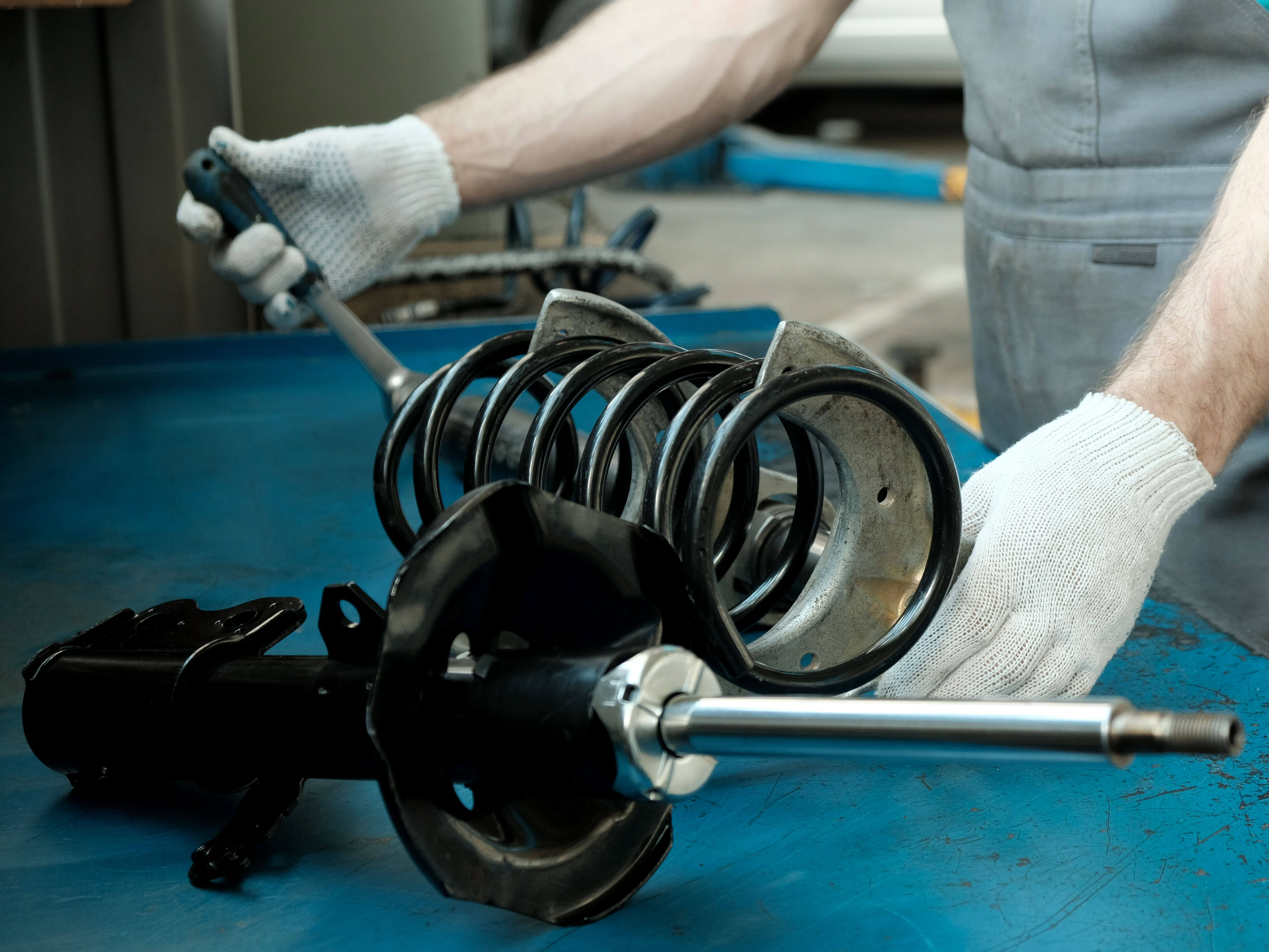Strut

A car strut is a structural component of a car’s suspension system that helps absorb shocks, dampen vibrations, and support the weight of the vehicle.
The car strut is important because it helps ensure a smooth ride, provides stability and control during cornering, and protects the car’s tires and other suspension components from damage caused by rough roads.
The modern car strut was invented by Earle S. MacPherson, an engineer at General Motors in the 1940s. The design was initially used on the 1949 Cadillac and has since become a common feature on many types of cars.
The car strut should be replaced if it is damaged, worn out, or leaking fluid. Signs of a failing strut include excessive bouncing or shaking, uneven tire wear, and a rough or noisy ride.
The car strut is typically located between the car’s body and the wheel hub, connecting the two and providing support for the weight of the vehicle.
The car strut works by using a spring to support the weight of the vehicle and a shock absorber to dampen vibrations and absorb shocks from the road. When the car hits a bump or pothole, the strut compresses the spring and the shock absorber slows down the movement, preventing the car from bouncing excessively. The strut also helps maintain the alignment of the wheels and the stability of the car during cornering.


